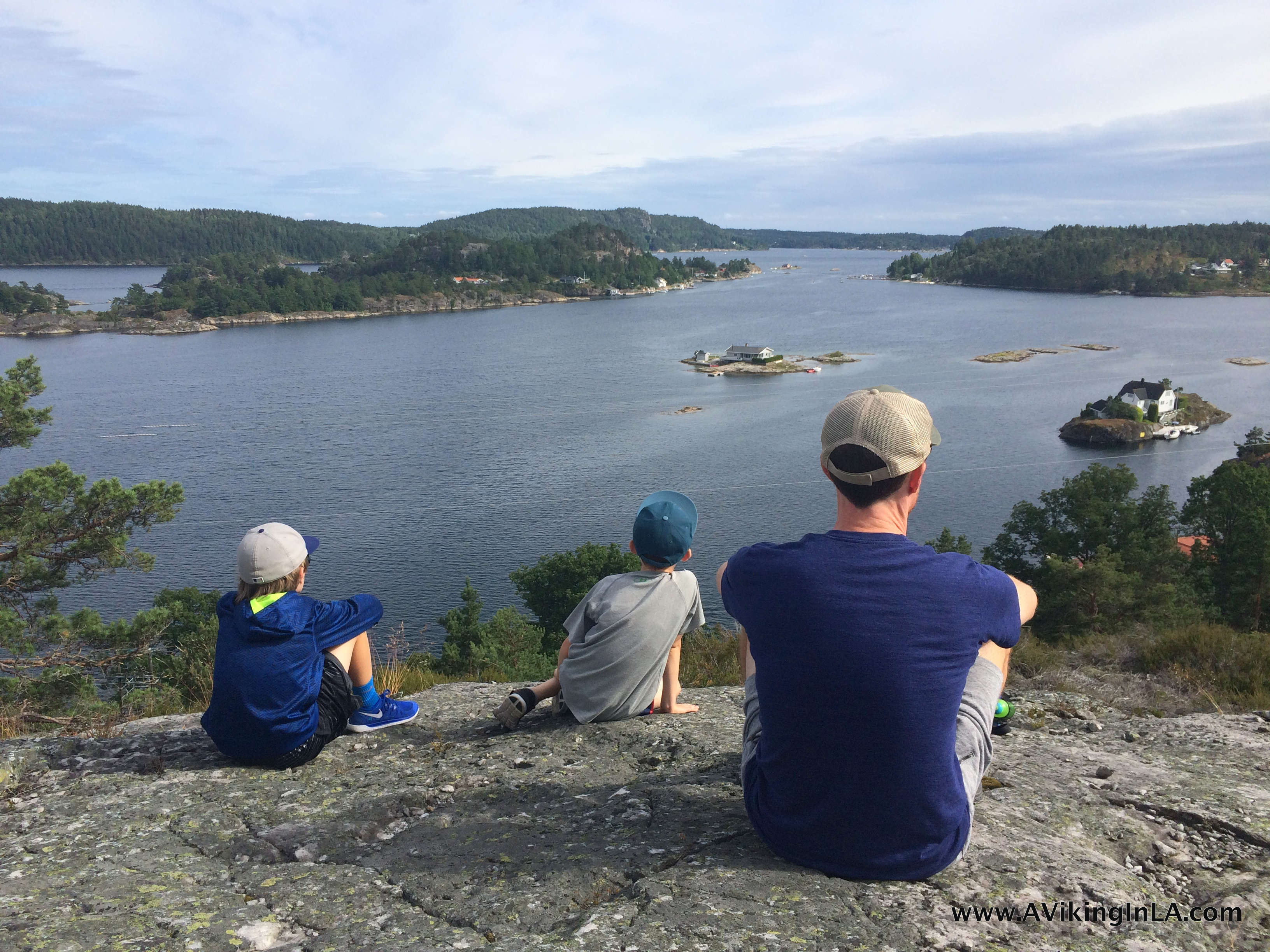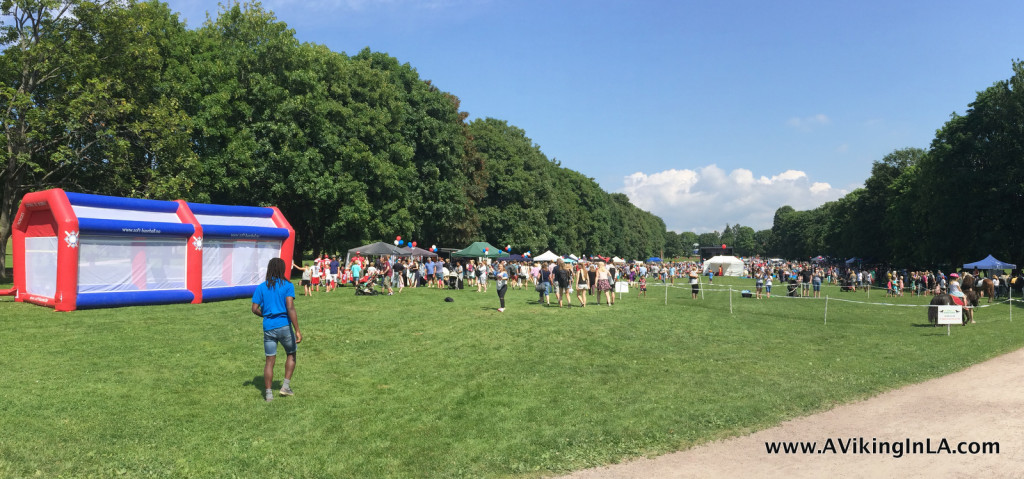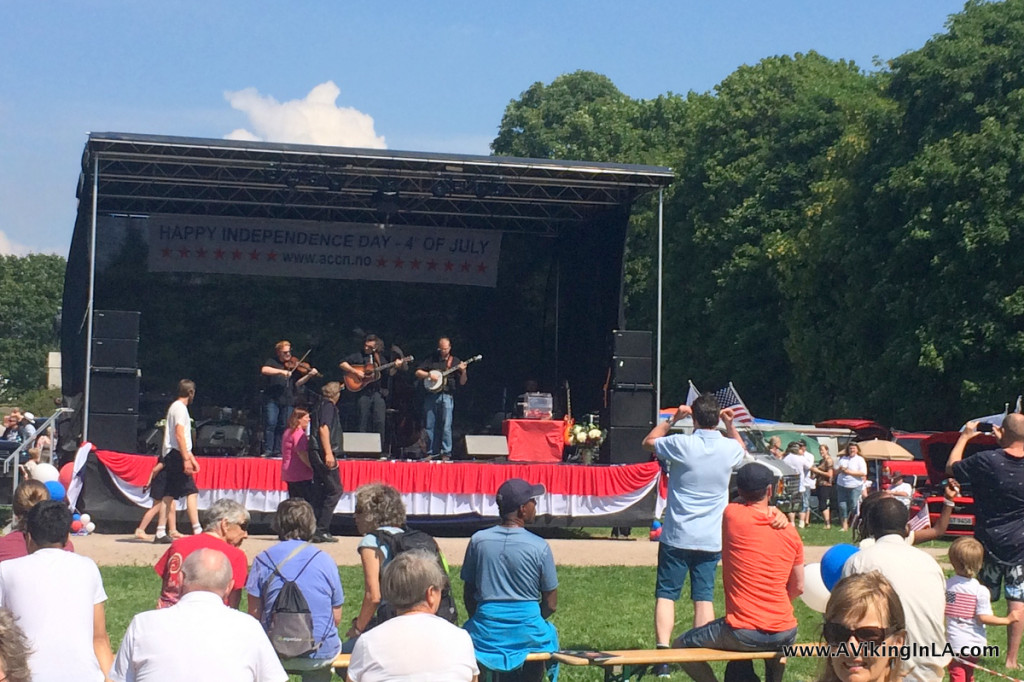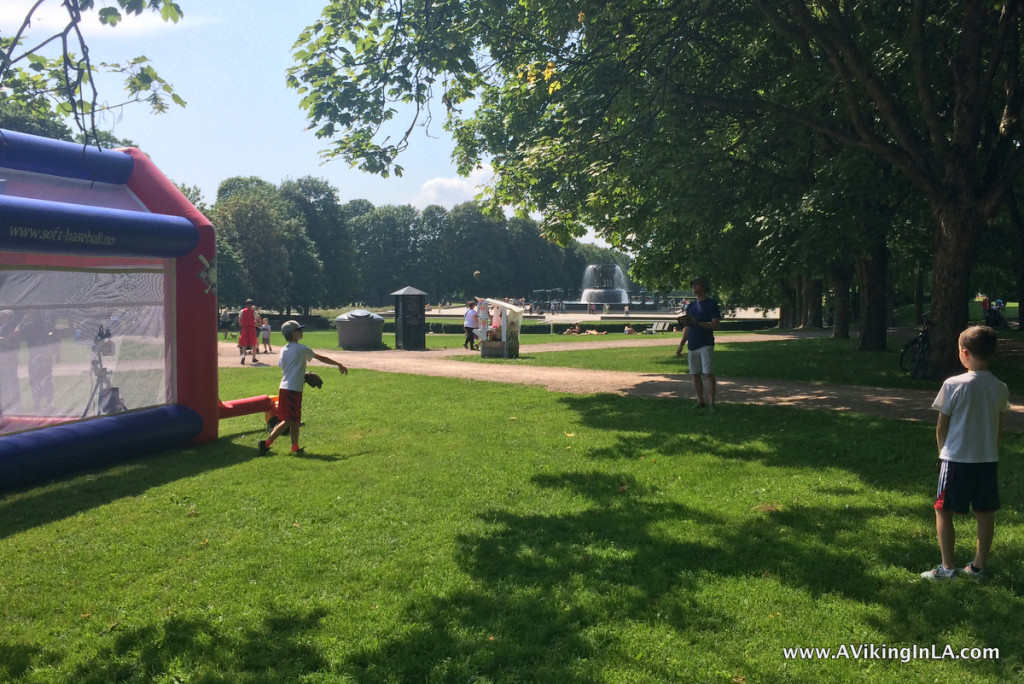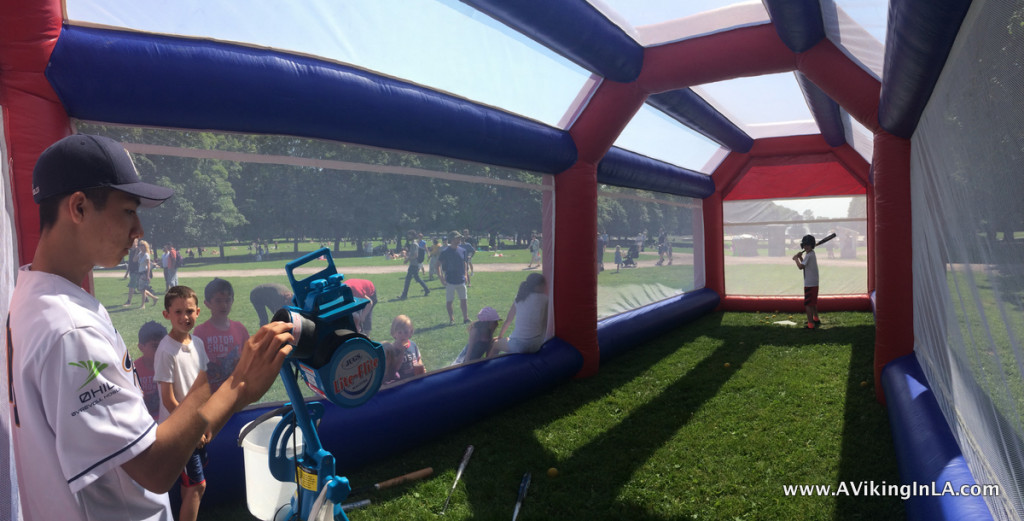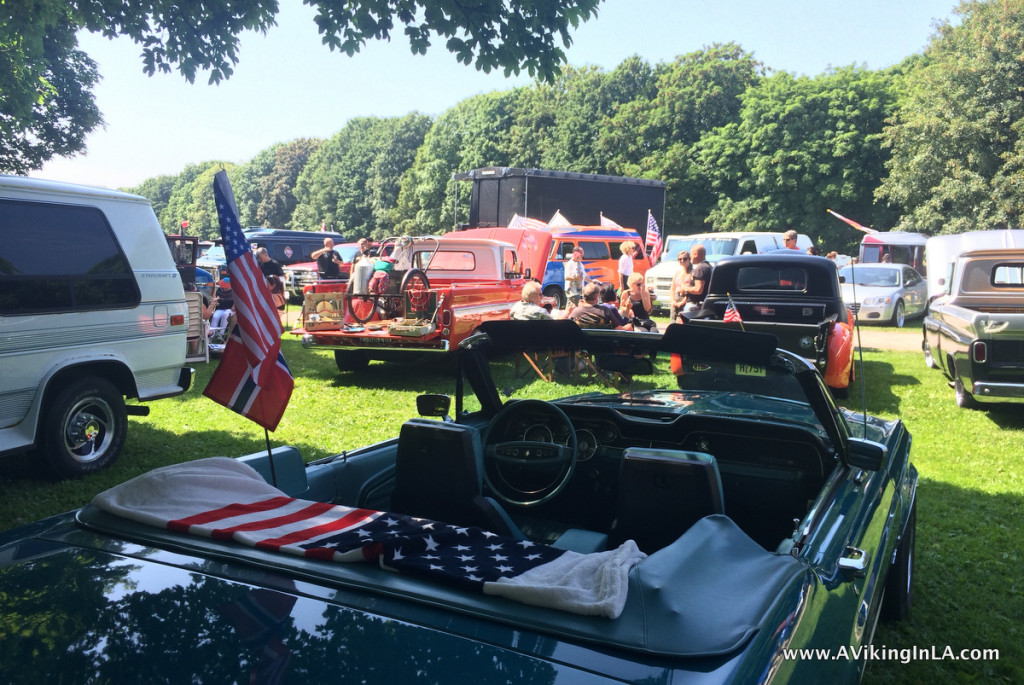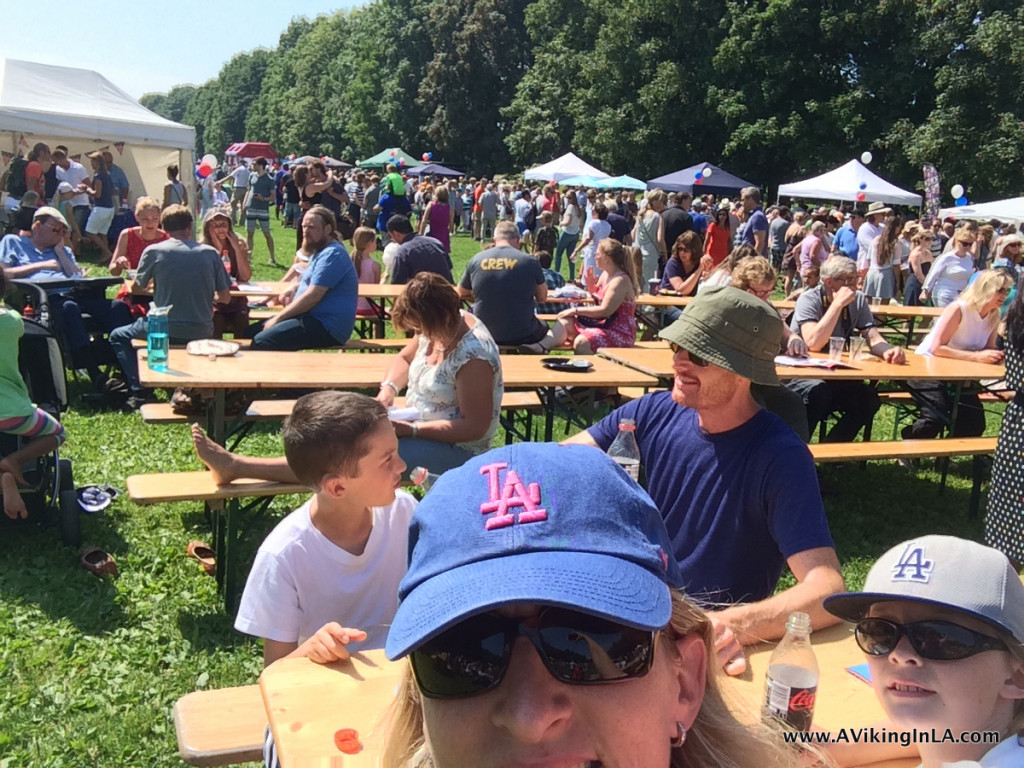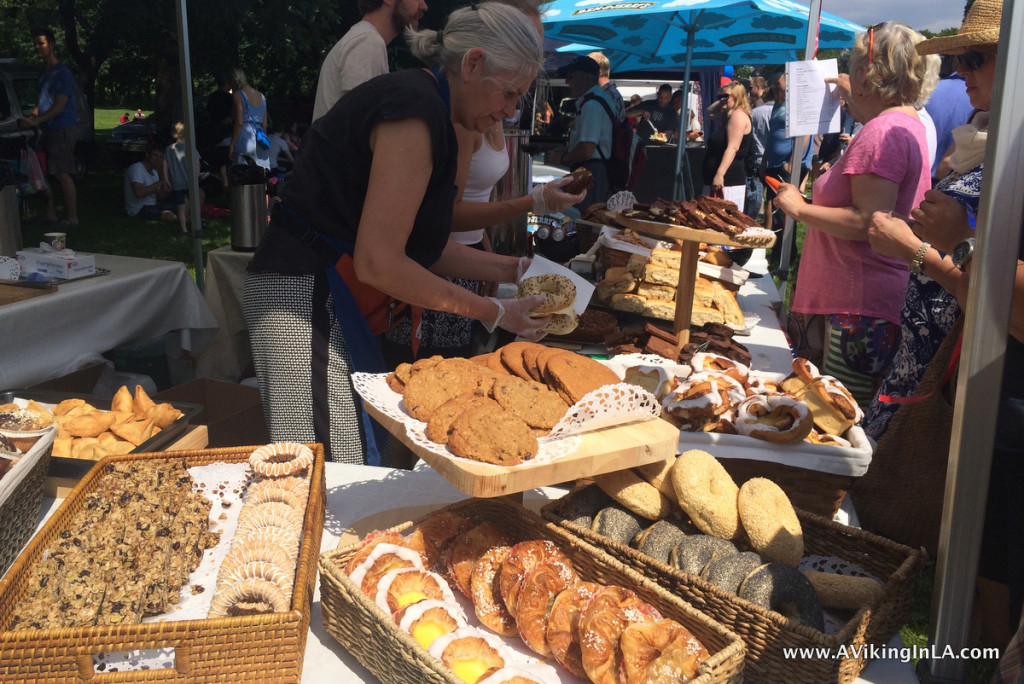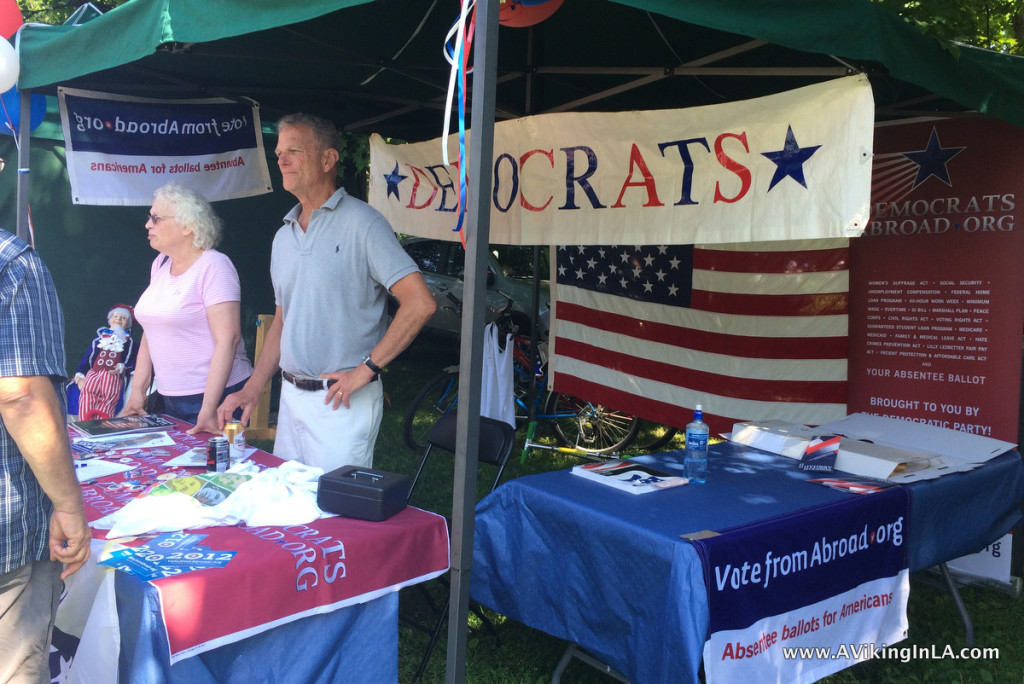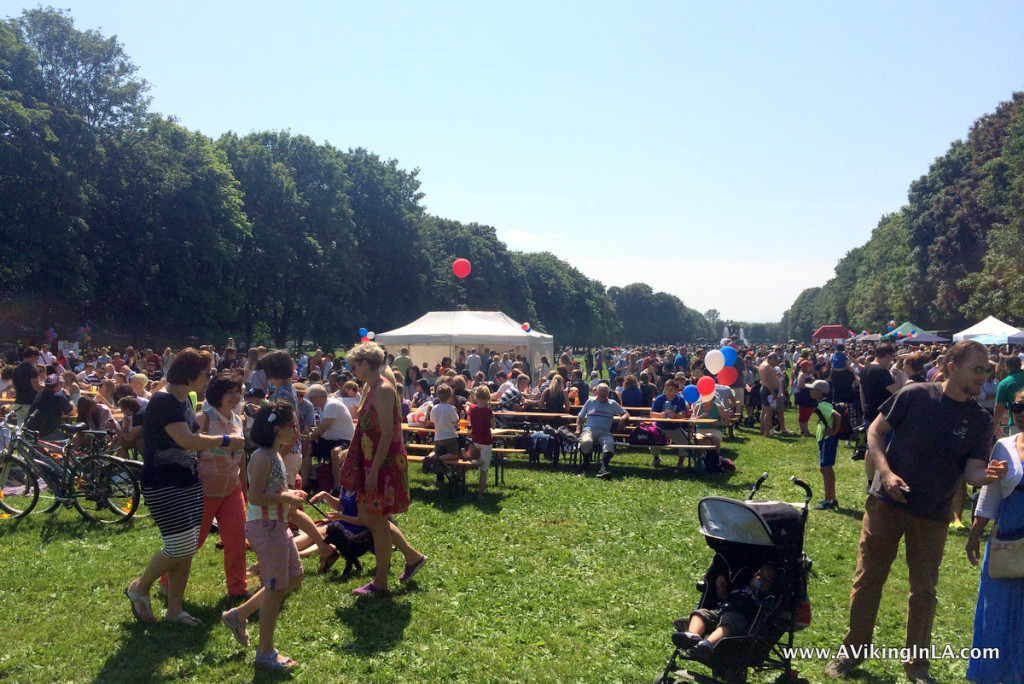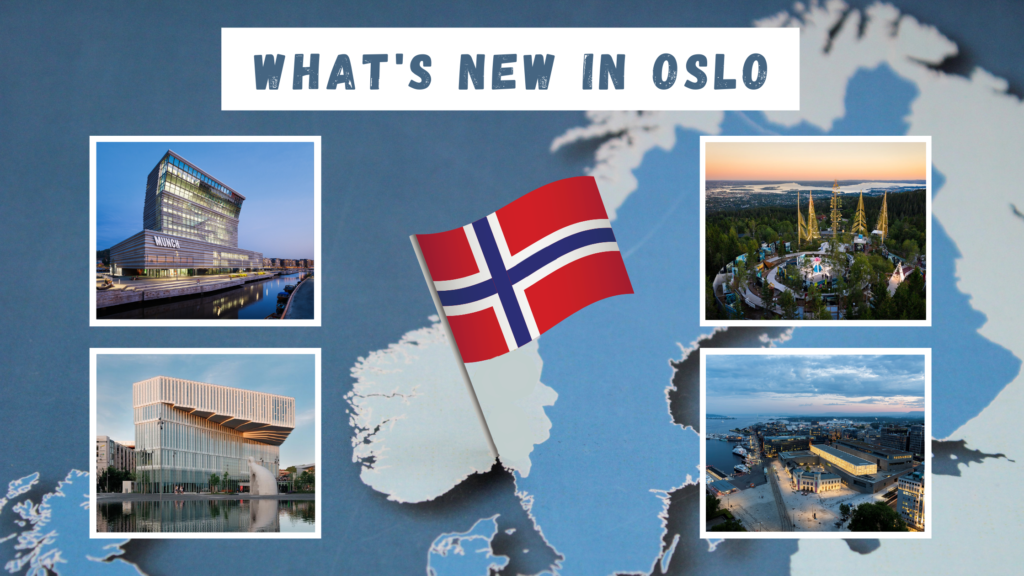
I’m thrilled to have a trip to Oslo on my calendar for this month. It’s the first time I’m back since the summer of 2019, and it’s a rare visit back in a season other than summer. Might I get some snow or even catch a glimpse of the Northern Lights? Both have made an appearance in Oslo already this fall. My highest priority will be spending time with my parents and family, but I do hope to explore some of what’s new in Oslo since my last visit also. There is plenty!
MUNCH
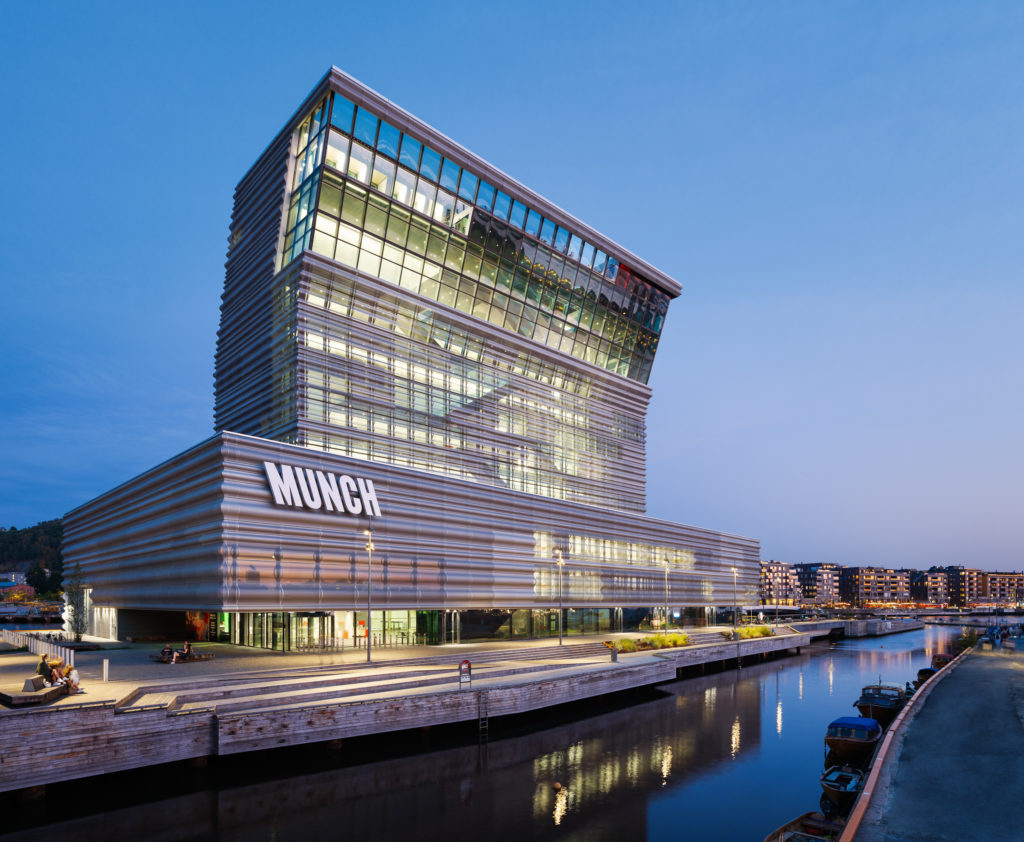
Photo by Einar Aslaksen / Munchmuseet
Top of my wishlist is a visit to MUNCH, the new Munch museum in the Bjørvika harbor area of Oslo dedicated to the Norwegian artist Edvard Munch. It opened less than a month ago, and social media and news have been abuzz with the excitement of the long awaited opening. It’s been a work-in-progress since 2008. I’m intrigued by the architecture and location and eager to see it in person. Luckily, my father was quick to become a MUNCH member and has already secured tickets for a visit while I’m there. 😱
Diechman Bjørvika

Photo credit: Deichman Bjørvika
Bjørvika is not only home to the new MUNCH museum but also the new main public library Diechman Bjørvika (opened in March 2020) with its similarly striking architecture and an award-winning interior. In addition to extensive book collections, a movie theater, media workshops, gaming zones, lounges, work areas, a cafe, and a restaurant, it is home to the manuscripts of the Future Library, which will remain unpublished until 2114. Diechman Bjørvika was just named the best library in the world. Another must-see for me.
The Rose Castle

Photo by Sandbox / Roseslottet
Also on my list of Oslo must-sees for this visit is Roseslottet, or the Rose Castle, at Frognerseteren which opened in 2020. It is a large-scale art installation that commemorates 80 years since the German attack on Norway in 1940 and the 75th anniversary of Norway’s liberation in 1945. It “aims to tell the story of the German occupation of Norway and the basic principles of democracy, rule of law, and humanism that were then put out of force.” It is on display until December 31, 2022. Since it is higher up in elevation, this might be my chance to experience some snow while home.
National Museum of Art, Architecture and Design

Photo by Borre Hostland / Nasjonalmuseet
Another recent addition to the museum scene in Oslo is the new National Museum (Nasjonalmuseet) by Rådhusplassen/Akerbrygge opening June 11, 2022. It will be the largest art museum in the Nordic countries. I may not be able to view the exhibits quite yet, but the museum’s unique architectural characteristics will be admired, in particular The Light Hall which definitely stands out in the cityscape.
Oslo is a constantly evolving city and I’m impressed with how much has changed in the last several years. The pandemic doesn’t seem to have slowed it down, and I’m eagerly awaiting my return home to see what’s new.
Are you a first time visitor to Oslo? See my original page Oslo Activities and Attractions and my follow-up post The New and Less Traveled Oslo for suggestions of what to see when visiting Oslo and then add and substitute as you see fit. I’d love to hear what’s on your wishlist to see in Oslo.

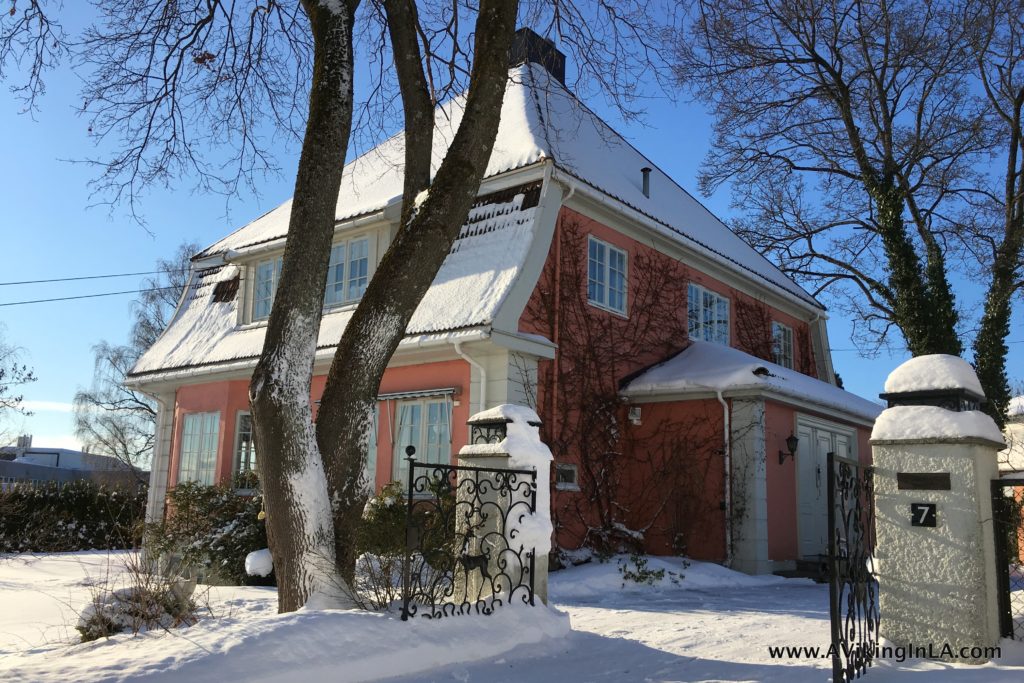
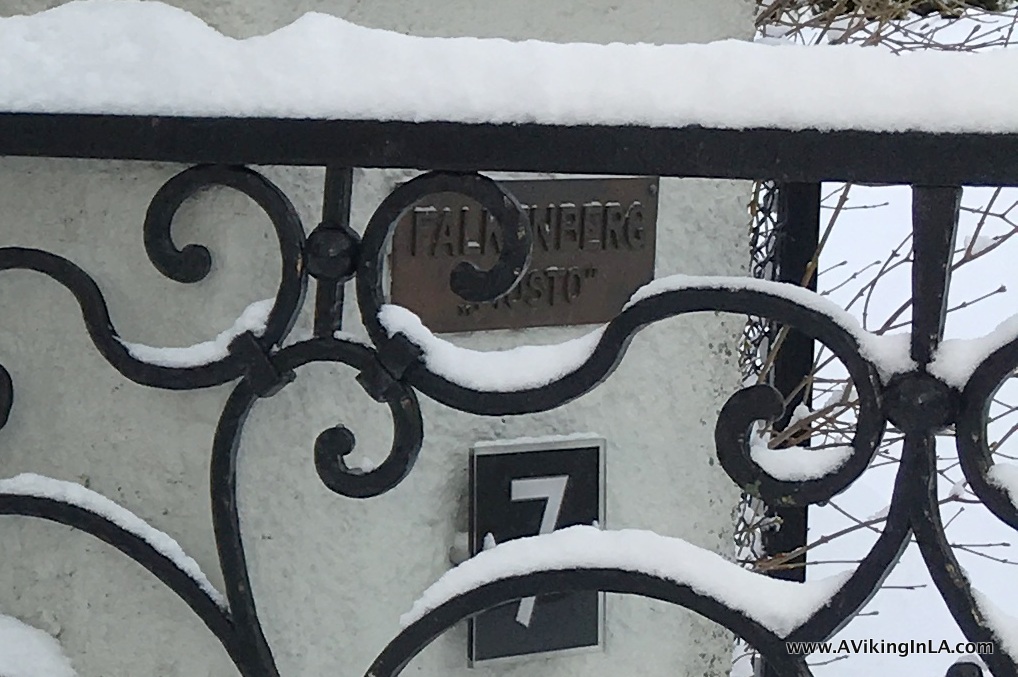
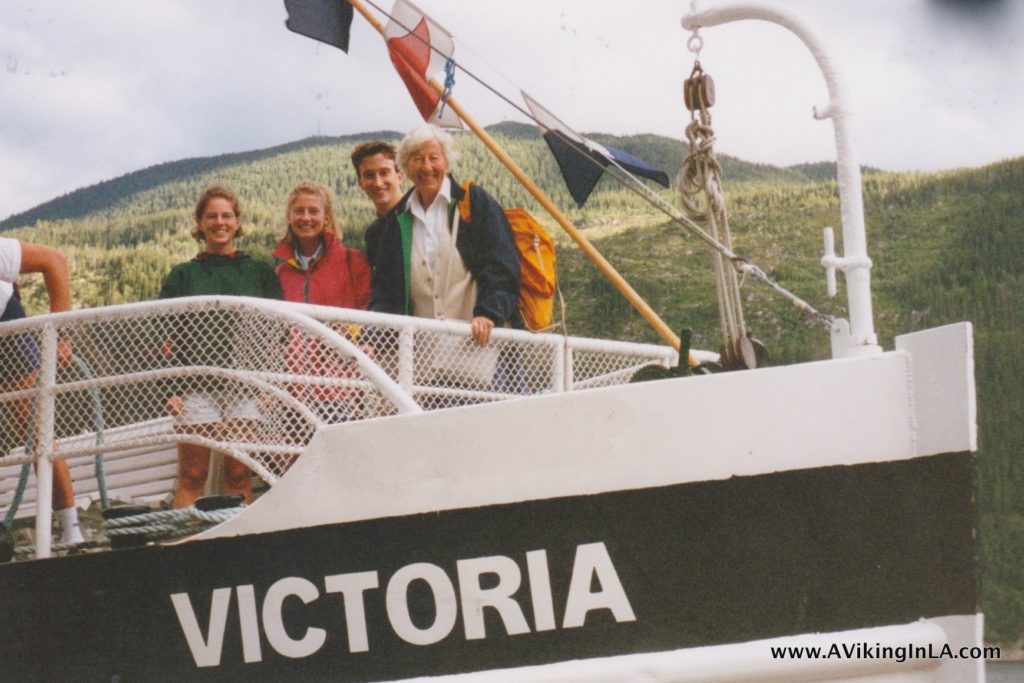

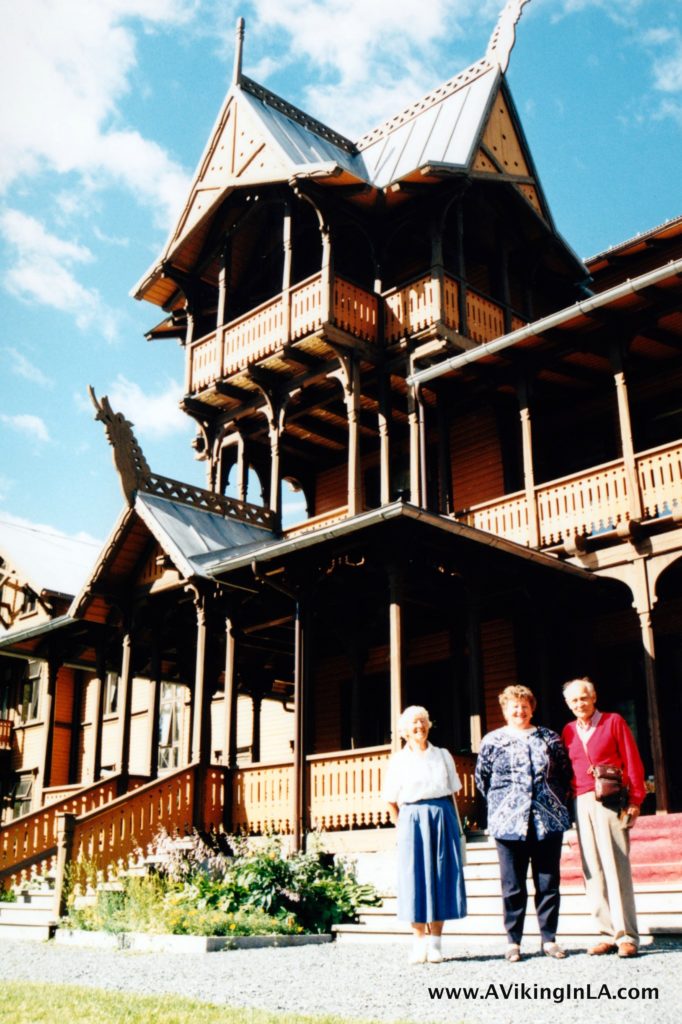
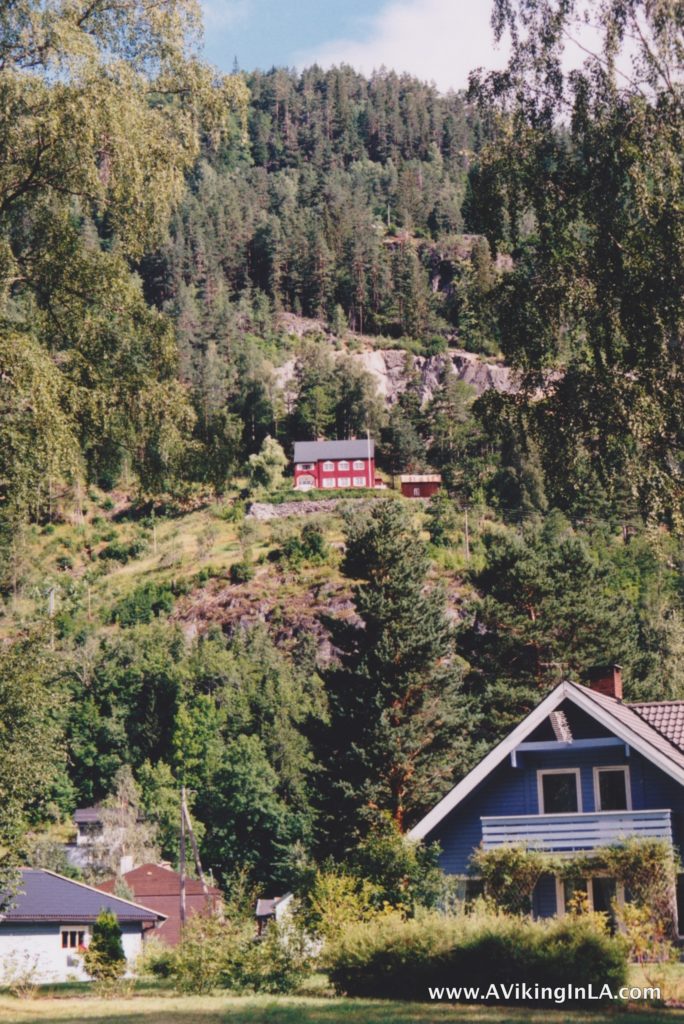
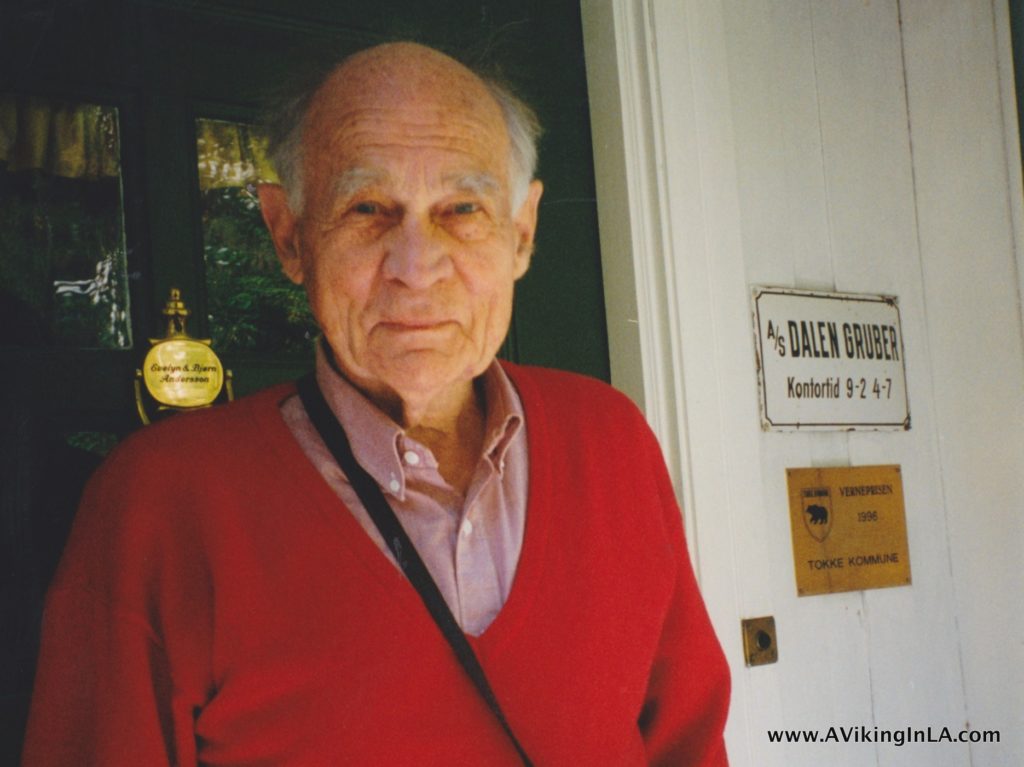

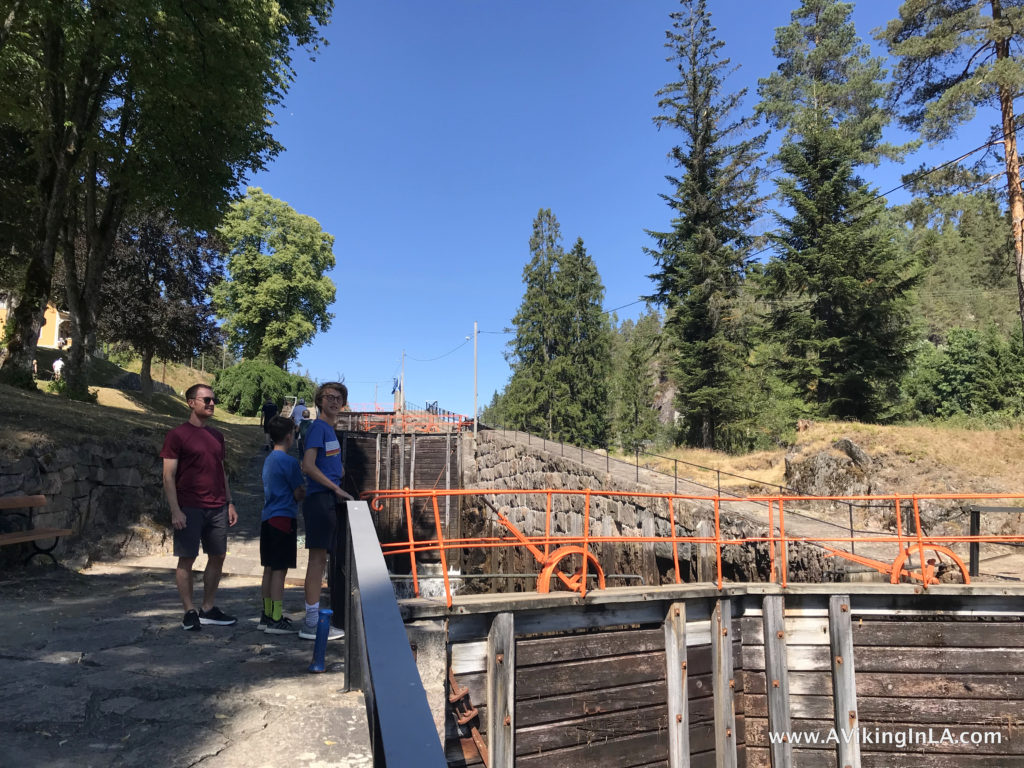
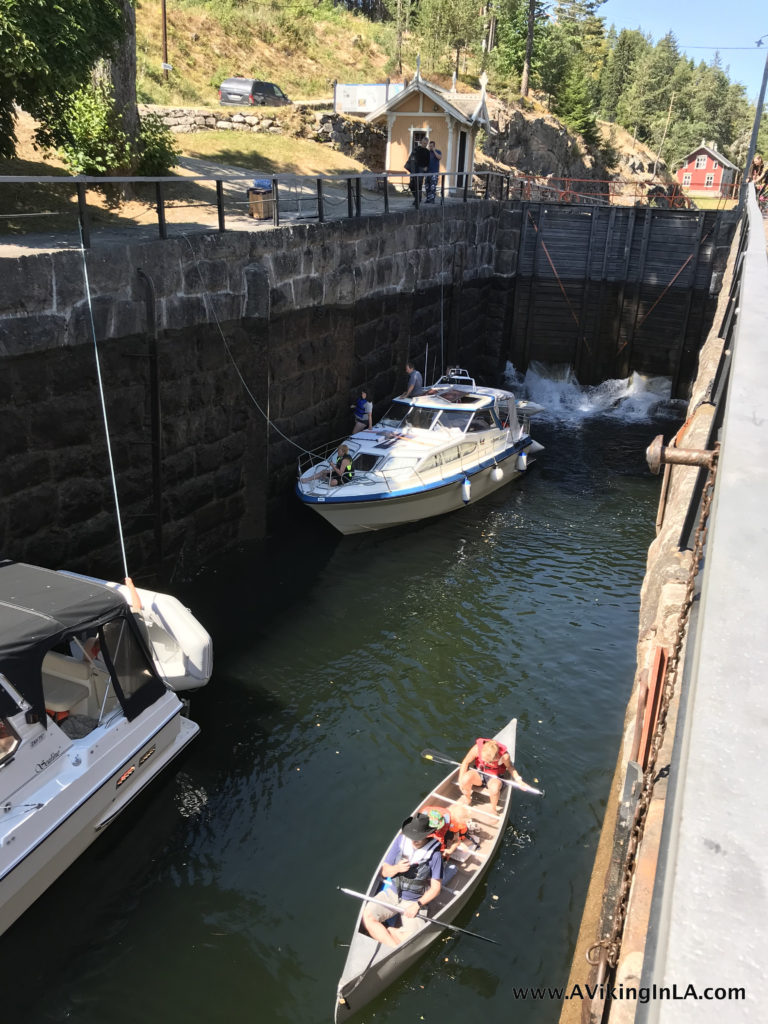

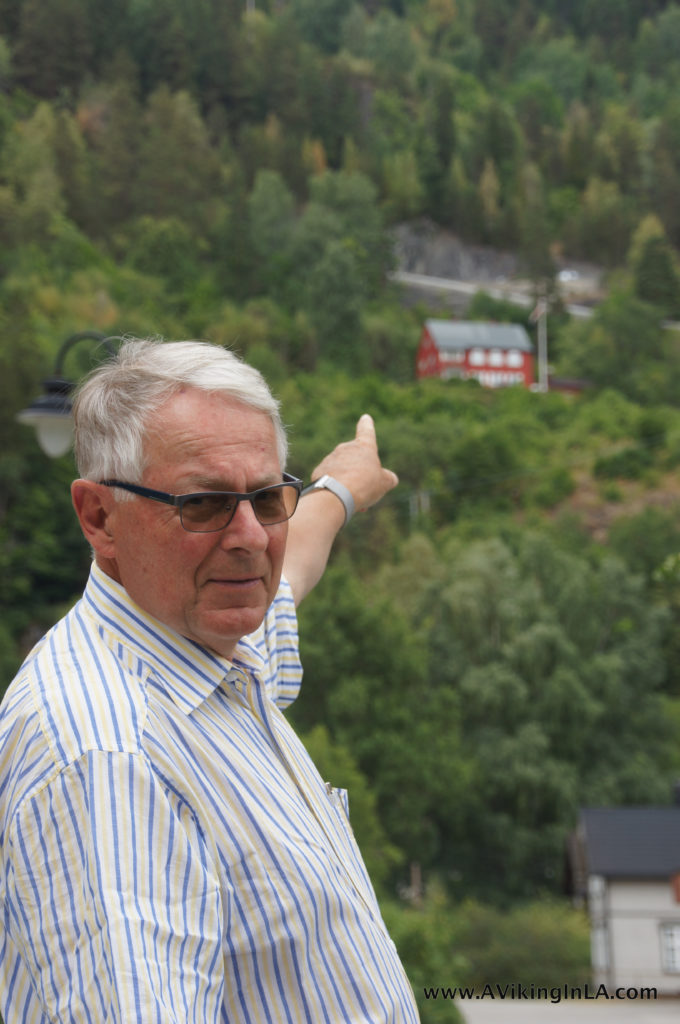

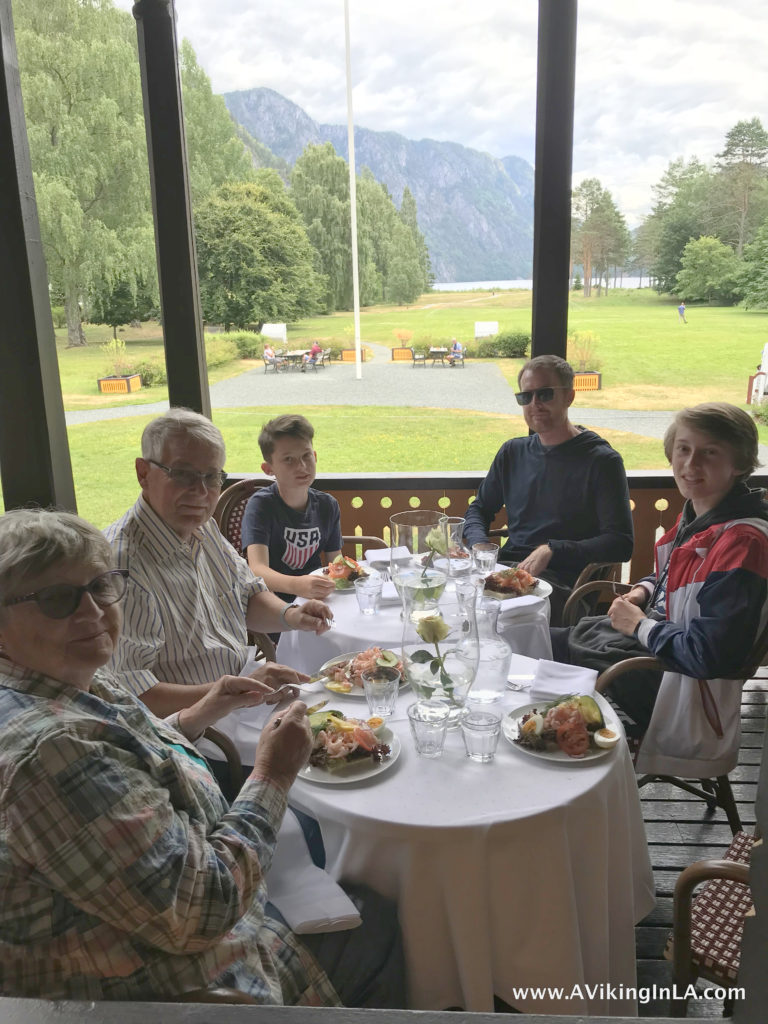

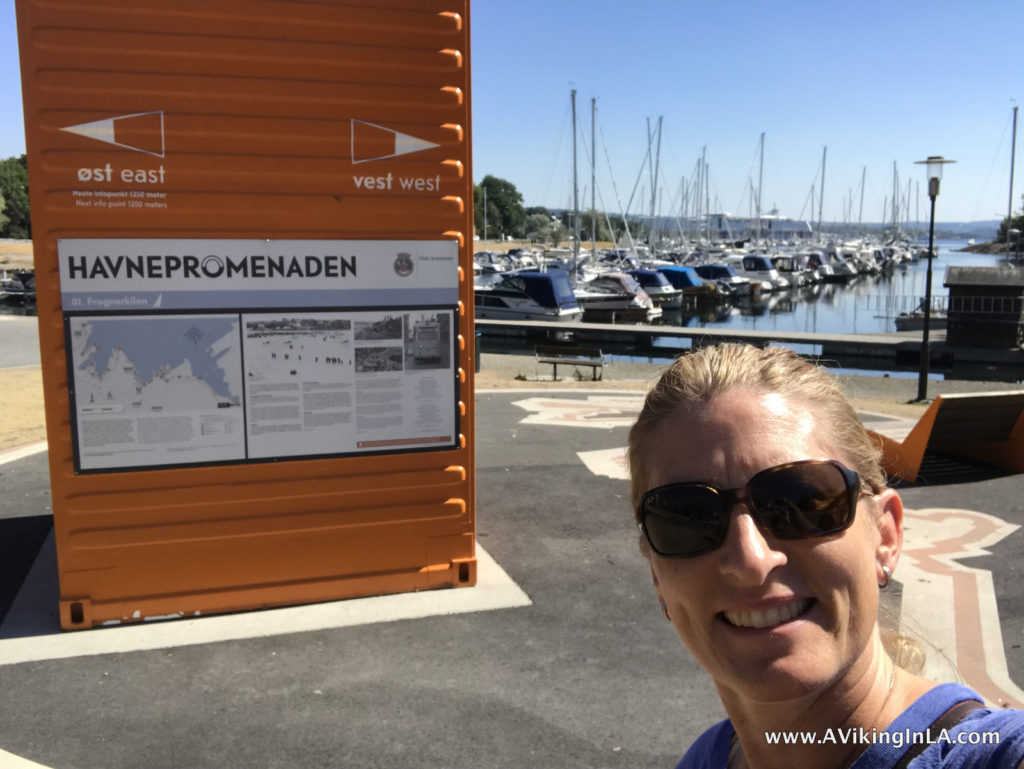


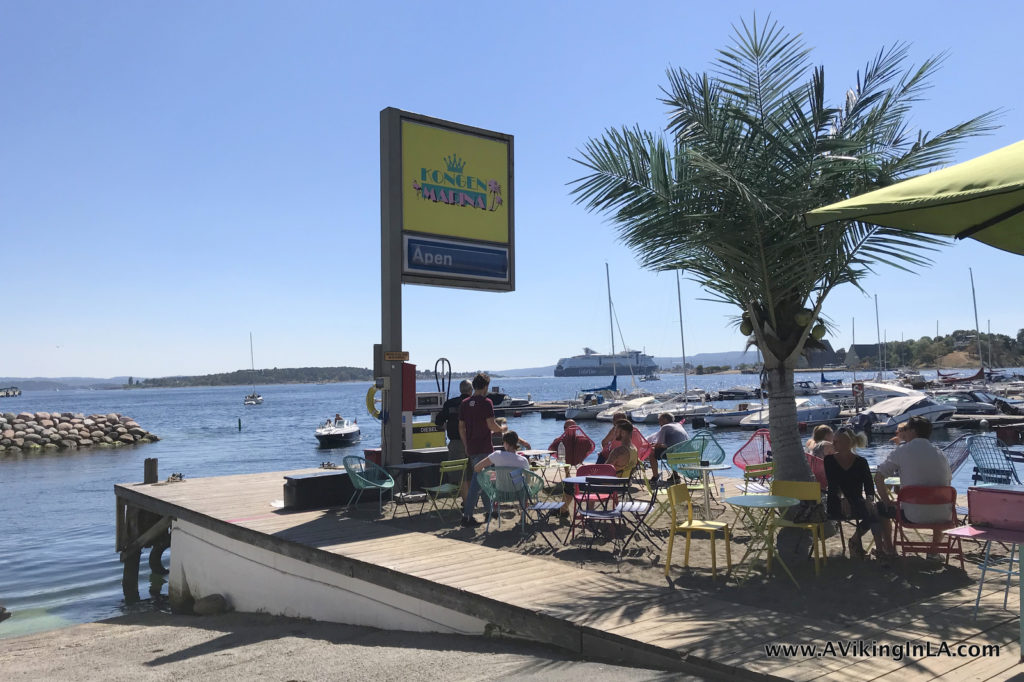
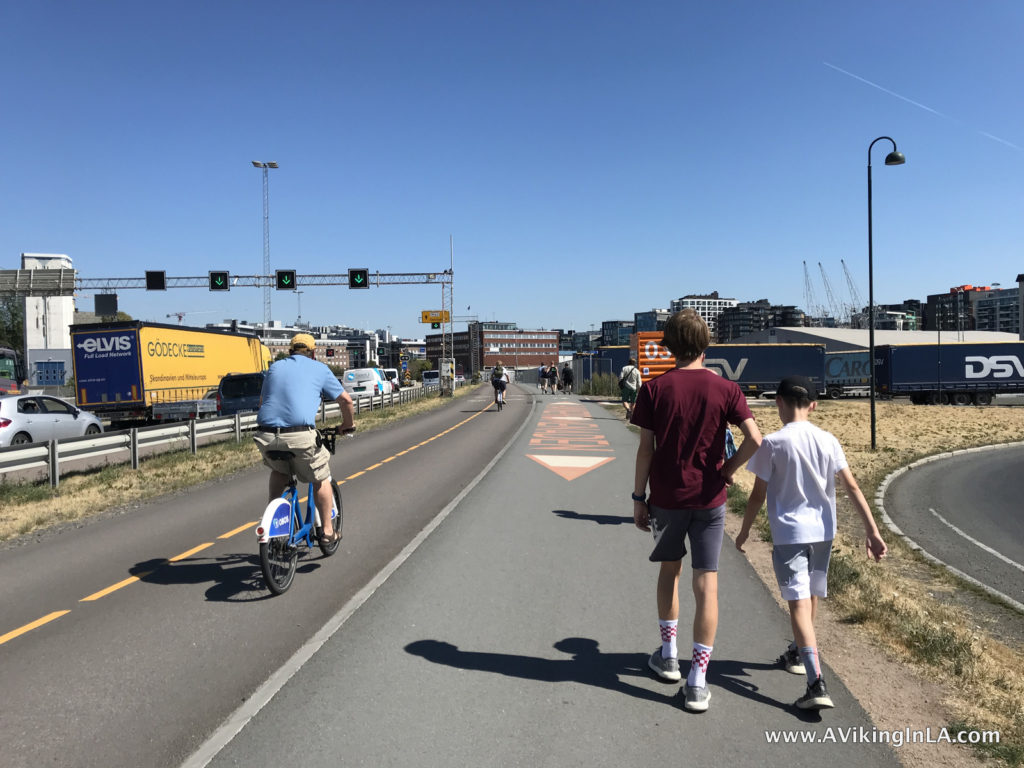
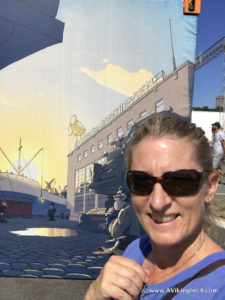
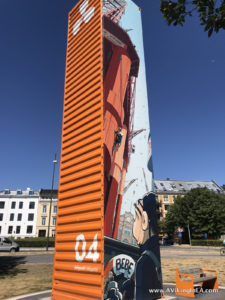
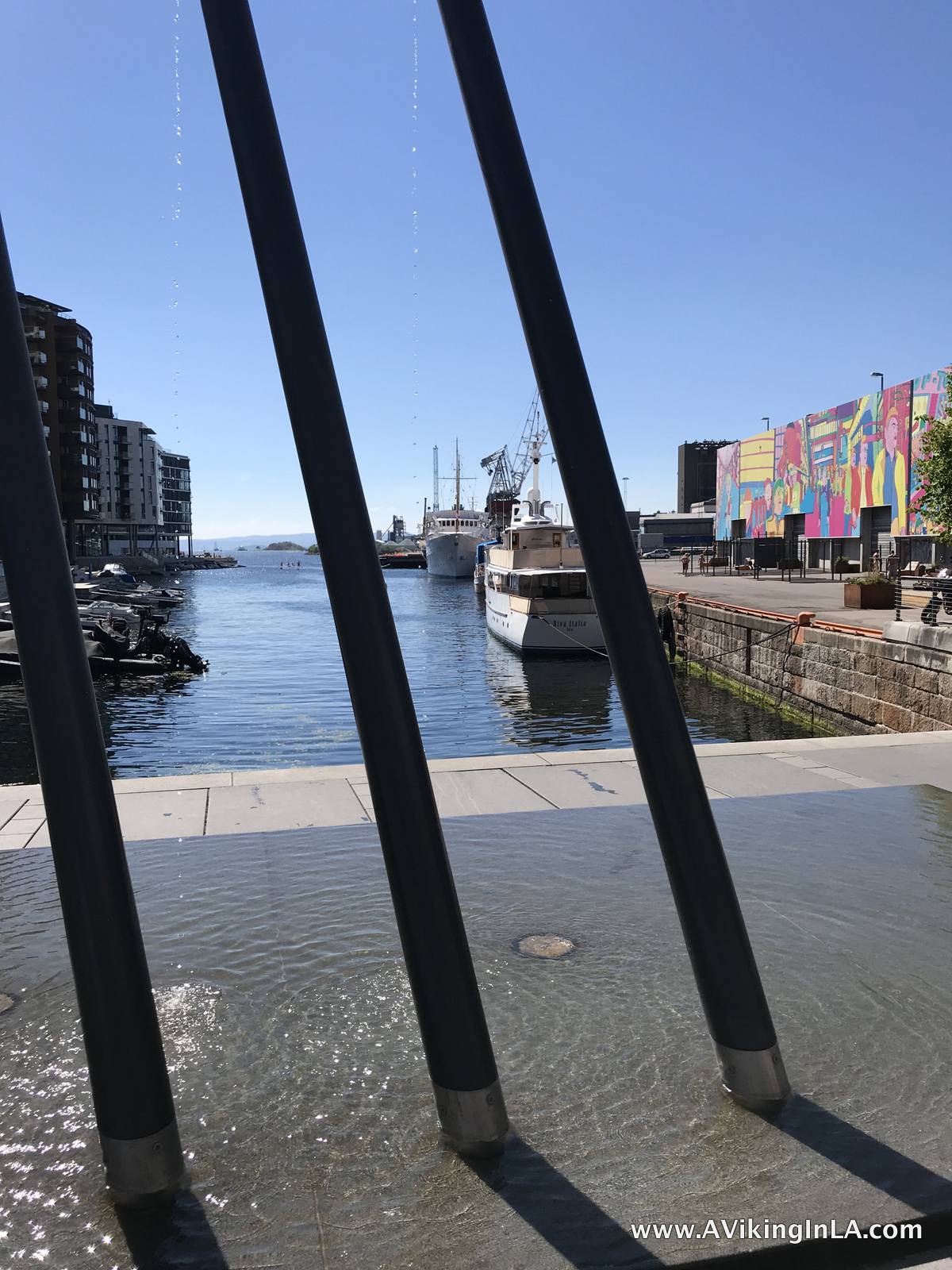

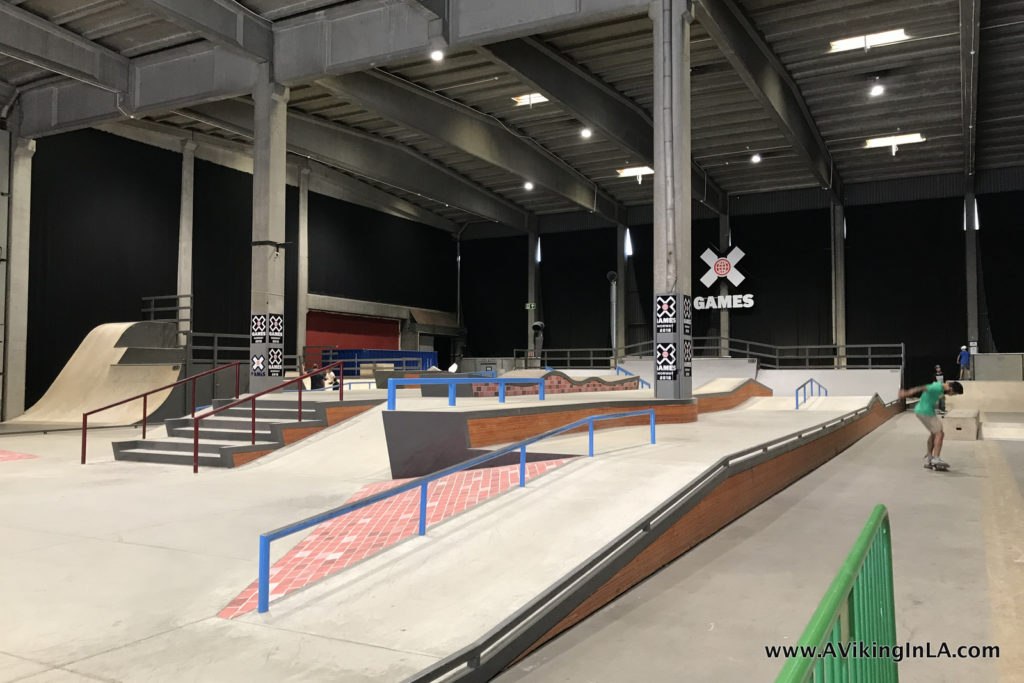


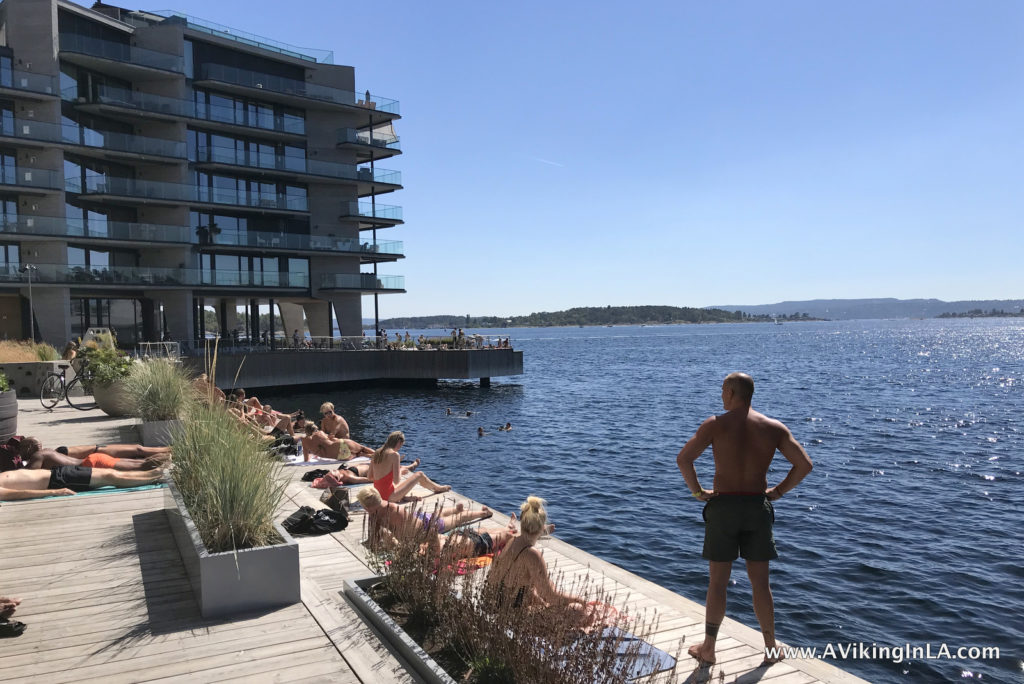
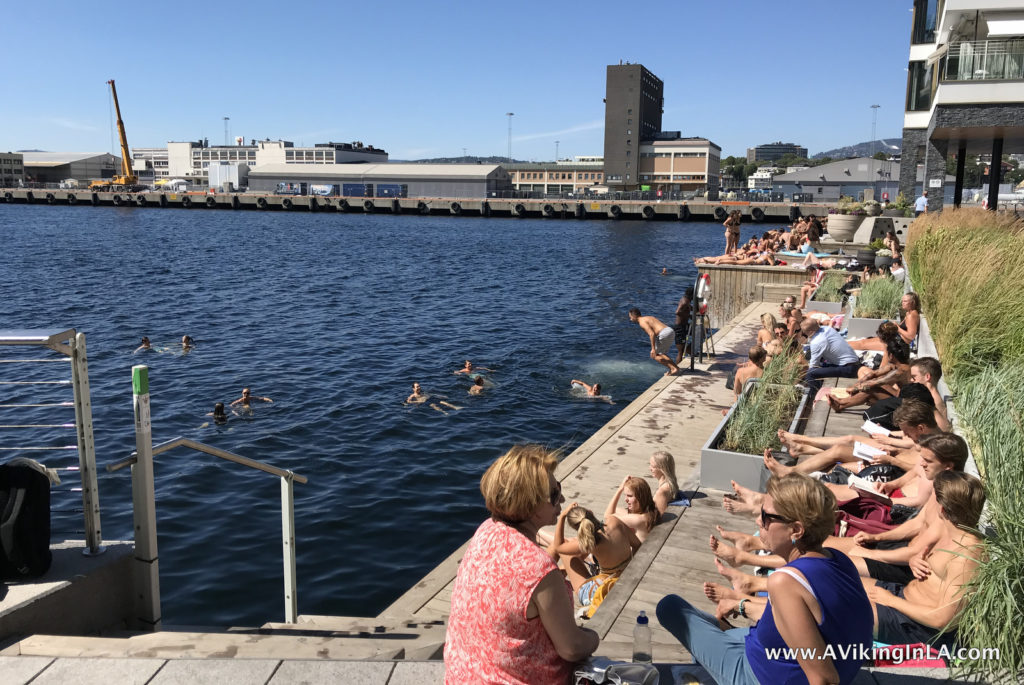

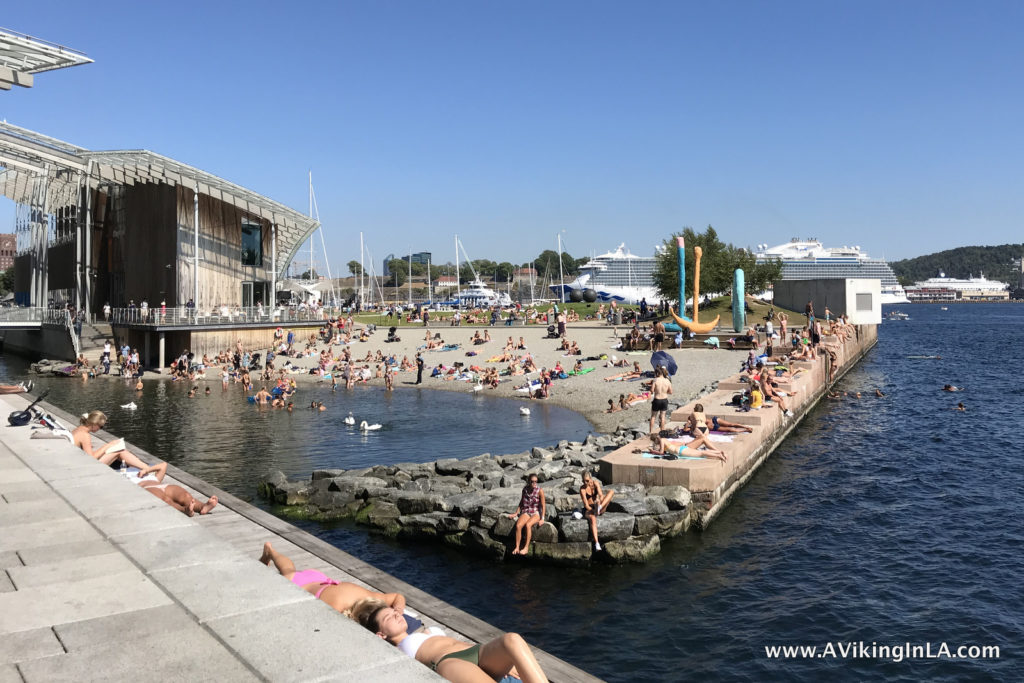





 Seeing Vulkan Bee Garden at Mathallen was high on my wishlist for this summer’s visit to Oslo. These urban beehives are not your ordinary beehives. They are an art installation as much as a beehive. The Vulkan beehives were designed by Norwegian architecture firm
Seeing Vulkan Bee Garden at Mathallen was high on my wishlist for this summer’s visit to Oslo. These urban beehives are not your ordinary beehives. They are an art installation as much as a beehive. The Vulkan beehives were designed by Norwegian architecture firm 



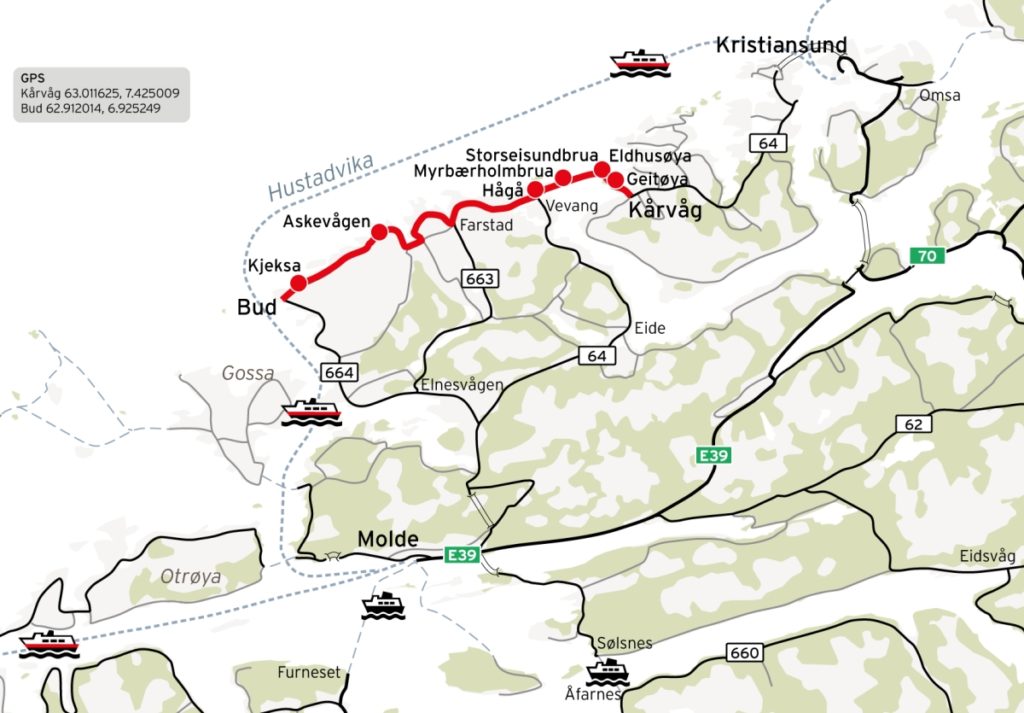 A quick Internet search of the Atlantic Road will tell you it is a 5-mile stretch between Kårvåg and Vevang along Route 64 (
A quick Internet search of the Atlantic Road will tell you it is a 5-mile stretch between Kårvåg and Vevang along Route 64 (
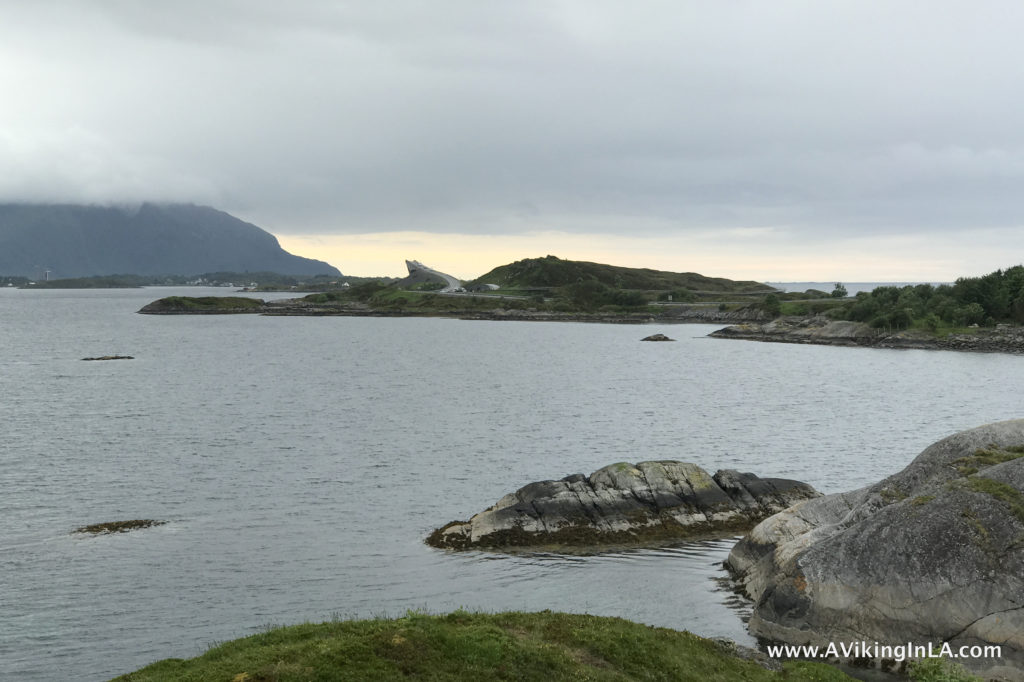





 Are you headed to Oslo this summer, and maybe you’re looking for something besides
Are you headed to Oslo this summer, and maybe you’re looking for something besides  Oslo has a very new harbor promenade to explore. It runs 9 kilometers (about 5.5 miles) along the waterfront and hits many of the main sights of Oslo including Tjuvholmen and Aker Brygge, the inner harbor with City Hall and Akershus Fortress, and the Opera House.
Oslo has a very new harbor promenade to explore. It runs 9 kilometers (about 5.5 miles) along the waterfront and hits many of the main sights of Oslo including Tjuvholmen and Aker Brygge, the inner harbor with City Hall and Akershus Fortress, and the Opera House. A few years ago, a cousin of mine recommended a visit to
A few years ago, a cousin of mine recommended a visit to 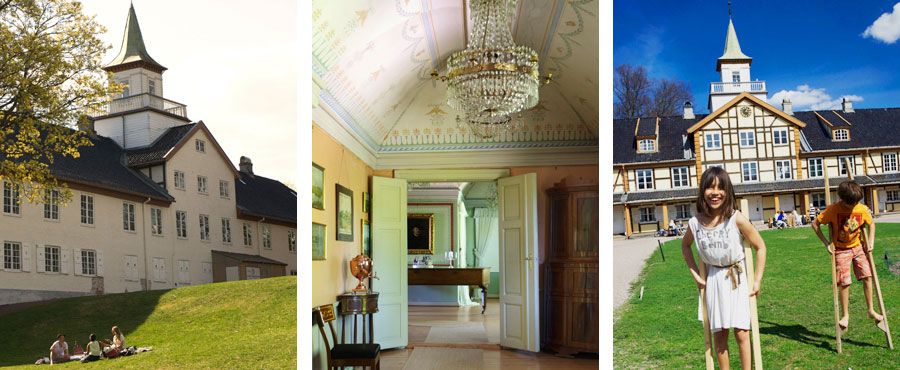 Museum of Oslo
Museum of Oslo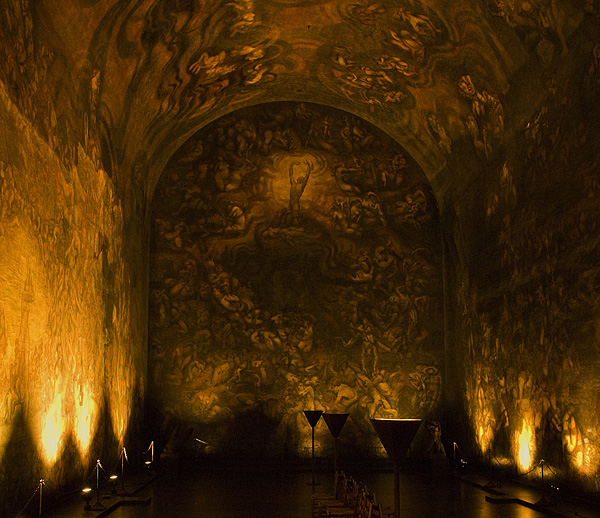 I learned about Emanuel Vigeland Mausoleum from the book
I learned about Emanuel Vigeland Mausoleum from the book  Damstredet and Telthusbakken are two roads known for their well-preserved and inhabited wooden houses built in the late 1700s and the 1800s. They are located near each other in the St. Hanshaugen/Gamle Aker area in central Oslo. There are other sights in the area as well, so a visit to the area can make a worthwhile self-guided walking tour. Very nearby is the medieval church
Damstredet and Telthusbakken are two roads known for their well-preserved and inhabited wooden houses built in the late 1700s and the 1800s. They are located near each other in the St. Hanshaugen/Gamle Aker area in central Oslo. There are other sights in the area as well, so a visit to the area can make a worthwhile self-guided walking tour. Very nearby is the medieval church 
